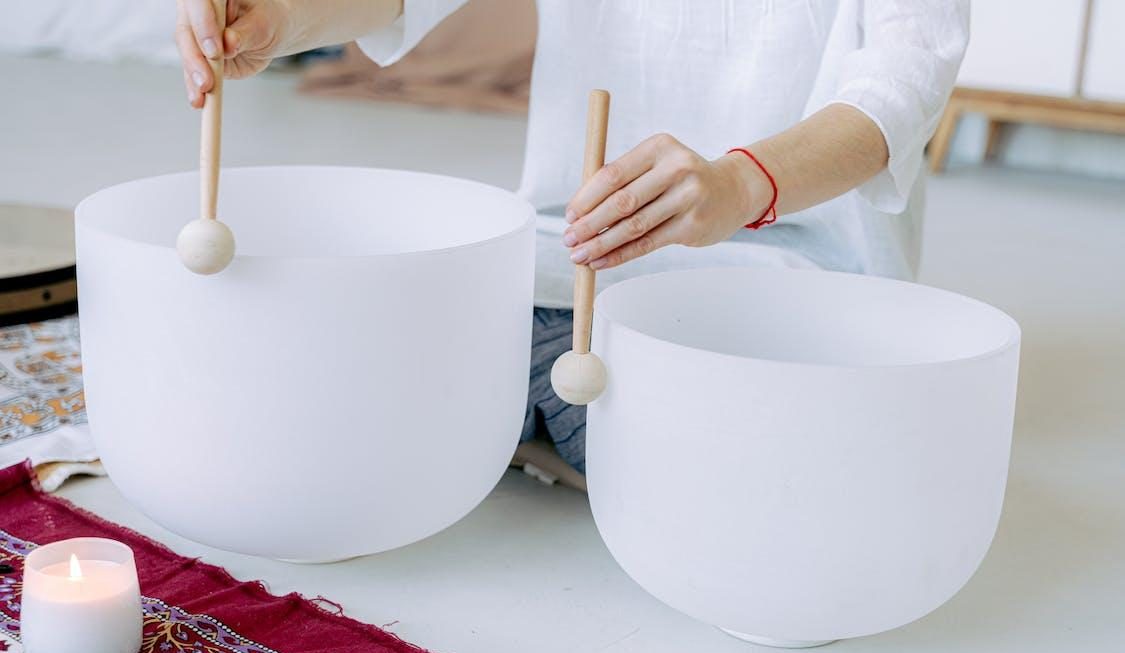As specified, rhinoplasty is a radical and definitive cosmetic surgery operation which changes the lines on the patient’s face. Rhinoplasty is therefore not recommended for people with psychological instability, or dysmorphophobia syndrome.
Taking anticoagulant treatments is not recommended before rhinoplasty: anti-inflammatory, aspirin, chemotherapy, etc.
Finally, some medical history may be a contraindication for rhinoplasty.
These elements will be discussed during the first consultation with the surgeon.
Rhinoplasty: the course of the intervention.
Before the intervention
Before rhinoplasty, a first consultation with your surgeon is essential. This consultation allows the practitioner to fully understand the patient’s wishes and reframe unrealistic desires. Today, there are photo editing techniques that help visualize the future transformation. However, it is important to note that they cannot, in any case, constitute a guarantee of result. In addition, your surgeon will carry out a complete diagnosis to verify that you have no contraindications.
In order to provide a harmonious face, nose surgery can be combined with chin surgery. This is called profiloplasty. This more cumbersome intervention makes it possible to redraw the patient’s profile as a whole. This can be discussed during the 1st consultation.
During the intervention
Rhinoplasty is a heavy intervention that requires general anesthesia as well as a night of hospitalization. The intervention lasts between 1h30 and 3h.
Incisions are made inside the nose, in each nostril. In the event that the surgeon needs to fully uncover the nasal structure, the surgeon will make an incision outside the nose, across the columella.
When it comes to nose job, there is no single technique. The processes are combined according to the defects to be corrected.
Reduction interventions
When the surgeon wants to remove a lump or reduce the size of the nose, he removes or cuts fragments of cartilage or bone.
Reduction of cartilages: It cuts cartilages which protrude too much under the skin. Sometimes, it carries out a simple weakening of the cartilages to reduce their resistance and their spring effect.
Cartilaginous sutures: It brings together excessively enlarged cartilages with stitches. This technique allows to very precisely reshape the tip of the nose without weakening it.
Bone reduction: It uses the technique of osteotomy to fracture the bone and remove the excess part.
Augmentation interventions
When the surgeon wants to improve the regularity of the nasal bridge, fill a hollow or increase the definition and projection of the tip of the nose, he does a cartilage graft or he places a nasal implant.
Cartilage is easy to shape. The practitioner uses it in one or more fragments. He can also cut it into small, very fine dice that he introduces inside a pocket whose dimensions are exactly those of the area to be increased. This pouch is made with a membrane of fascia, a thin, solid tissue taken from the surface of the temporal muscle.
The surgeon can graft cartilage as much on the ridge as on the nasal tip.
Implants: They are mainly used in people who have thick skin and who have a hollow back of the nose. There are implants of various shapes in silicone or porous polyethylene.
The aftermath of a rhinoplasty
The day after rhinoplasty, the wicks placed in the patient’s nose are removed. The plaster placed on the patient’s nose as well as the prescription of analgesics make it possible to reduce the pain felt by the patient.
Ten days after the operation, the plaster is finally removed. The nose may still appear a little swollen, but the patient may already notice the change.
Some bruises appear on the lower eyelids for one to three weeks. The nose deflates quickly after a month but there is residual edema which disappears after a few months.
It is not recommended to wear glasses for the first few days. Directly after the procedure, nasal obstruction is common. Frequent washing of the nostrils is necessary to avoid the formation of a hardened residual layer. Due to the inflammation of the mucous membranes inside the nose, the patient may experience some discomfort in breathing as well as a transient loss of smell and taste for a few weeks.
The resumption of social and professional activities can be considered after ten days. The patient can engage in physical activity only one month after the operation. It should be noted that the patient should avoid violent activities and swimming for three months.



